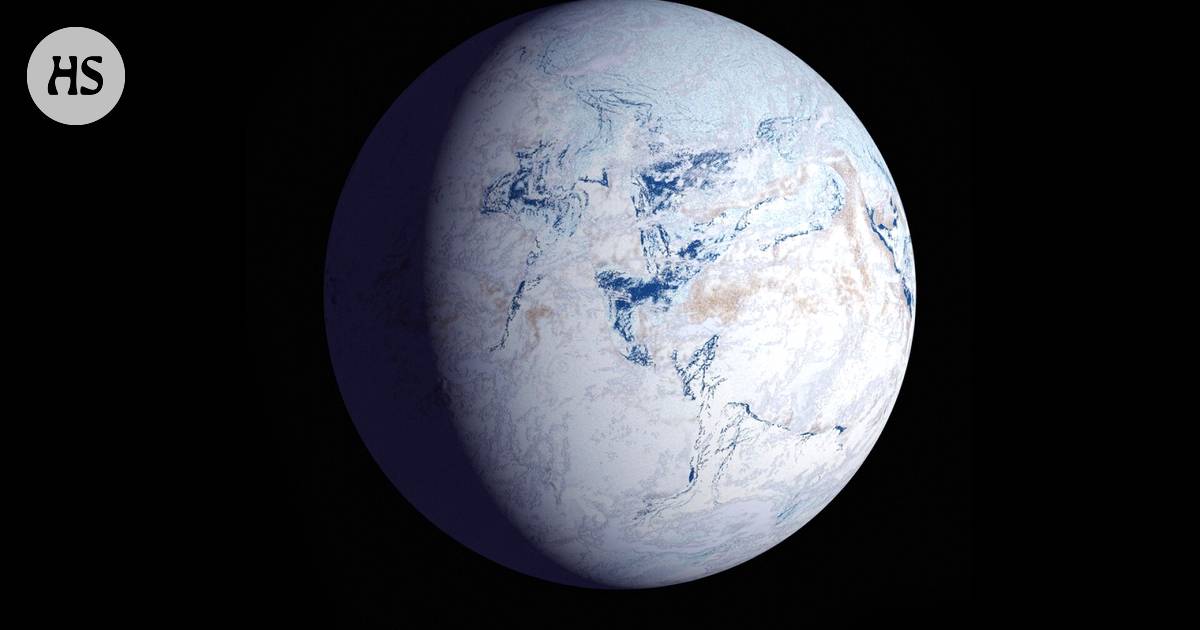Australians geologists have discovered what likely caused the last ice age on Earth 700 million years ago.
At that time, the Earth was almost completely covered in ice. The result has been called snowball land.
“The planet was covered in ice from the poles to the equator, and temperatures plummeted. What caused it has been a big open question,” says the lead author of the study Adriana Dutkiewicz In the University of Sydney Bulletin.
According to Dutkiewicz, the riddle is now solved. A study published in the journal Geology according to the phenomenon, the movements of the earth’s crust and the reduction of carbon dioxide in the atmosphere explain it.
A record low amount of carbon dioxide erupted from the volcanoes. At the same time, in the area of present-day Canada, igneous rock material eroded, which, when weathering, bound carbon dioxide from the air.
Researchers were inspired by a field trip to South Australia’s Flinders Ranges, where an ancient glacier has still left visible traces.
The ice age that created Snowball Earth began 717 million years ago and ended 660 million years ago, well before the dinosaurs.
The big question is why this ice age lasted as long as 57 million years.
The group learned about the ancient movements of the Earth’s crust using tectonic modeling and looked at the formation of the continents around the time of the breakup of the supercontinent Rodinia.
The chain of events coincided with another model that calculates the release of carbon dioxide from undersea volcanoes in the mid-ocean ridge.
The central ridge rises into an underwater mountain range when the lithospheric plates separate from each other. This is how a new undersea earth’s crust is created.
Growing up the birth coincided with the lowest carbon dioxide emissions ever.
“Our result was that the carbon dioxide concentration in the atmosphere dropped to the level at which glaciation begins. According to our estimate, that level is less than half of the current concentration.”
In the atmosphere, carbon dioxide warms the earth, because it prevents heat from radiating from the Earth into space. The increase of carbon dioxide and other greenhouse gases in the atmosphere is the cause of the ongoing global warming.
Recently, it has been argued that continental movements will give rise to the supercontinent Pangea Ultima within the next 250 million years, which will become so hot that mammals will become extinct.
On the other hand, carbon dioxide emissions from volcanoes start to decrease because the continents collide and the plate movements slow down. So Pangea Ultima may eventually be covered in ice.
Dutkiewicz points out that the climate change caused by the geological developments modeled by the group will materialize extremely slowly.
“On the other hand, human-caused climate change is now progressing ten times faster than anything seen before, according to NASA.”
